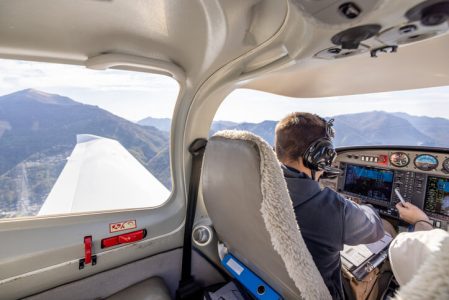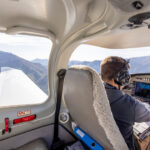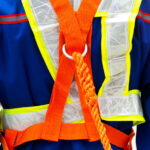Background of TAWS
The Terrain Awareness and Warning System (TAWS) was developed in response to the alarming number of Controlled Flight Into Terrain (CFIT) accidents, which occur when an airworthy aircraft inadvertently collides with terrain due to low visibility or lack of pilot situational awareness. These accidents were a leading cause of fatalities in commercial and general aviation before TAWS was mandated by the FAA (Federal Aviation Administration) and ICAO (International Civil Aviation Organization). By providing real-time terrain alerts and warnings, TAWS has significantly reduced CFIT incidents and improved overall flight safety.
How TAWS Works
TAWS integrates GPS data, terrain databases, radar altimeters, and aircraft performance information to generate predictive warnings about potential terrain hazards. The system monitors an aircraft’s position, altitude, and flight path, providing both visual and auditory alerts when it detects a possible conflict with terrain. It warns against scenarios such as:
- Excessive descent rates – Alerting pilots if the aircraft is descending too rapidly.
- Proximity to terrain – Notifying pilots when flying dangerously close to mountains, hills, or obstacles.
- Unintentional descent after takeoff – Detecting premature descents that could lead to impact.
- Insufficient terrain clearance – Ensuring a safe altitude is maintained throughout the flight.
- Deviations from safe approach paths – Identifying non-stabilized approaches or incorrect glide paths during landing.
Different Categories of TAWS
TAWS is classified into different categories based on the level of functionality and the type of aircraft it is designed for:
- Class A TAWS:
- Required for large commercial aircraft and transport-category airplanes.
- Provides comprehensive terrain alerts, including both forward-looking terrain avoidance (FLTA) and premature descent alerts (PDA).
- Integrates with cockpit displays and provides enhanced visual and auditory warnings.
- Class B TAWS:
- Mandated for smaller turbine-powered aircraft and business jets.
- Offers essential terrain awareness capabilities but with less predictive features than Class A.
- Focuses on basic proximity warnings without requiring full integration with cockpit displays.
- Class C TAWS:
- Designed for general aviation aircraft and helicopters.
- Provides simplified alerts suitable for lower-altitude operations.
- Offers key terrain awareness functionalities without the extensive features found in Class A and B systems.
Conclusion
The implementation of TAWS has been a transformative advancement in aviation safety, drastically reducing CFIT accidents and saving countless lives. By providing real-time terrain alerts, TAWS enhances pilot situational awareness and ensures safer operations across commercial, business, and general aviation. Whether flying a commercial airliner or a private aircraft, having TAWS on board offers an invaluable layer of protection against one of the most serious threats in aviation: controlled flight into terrain.










